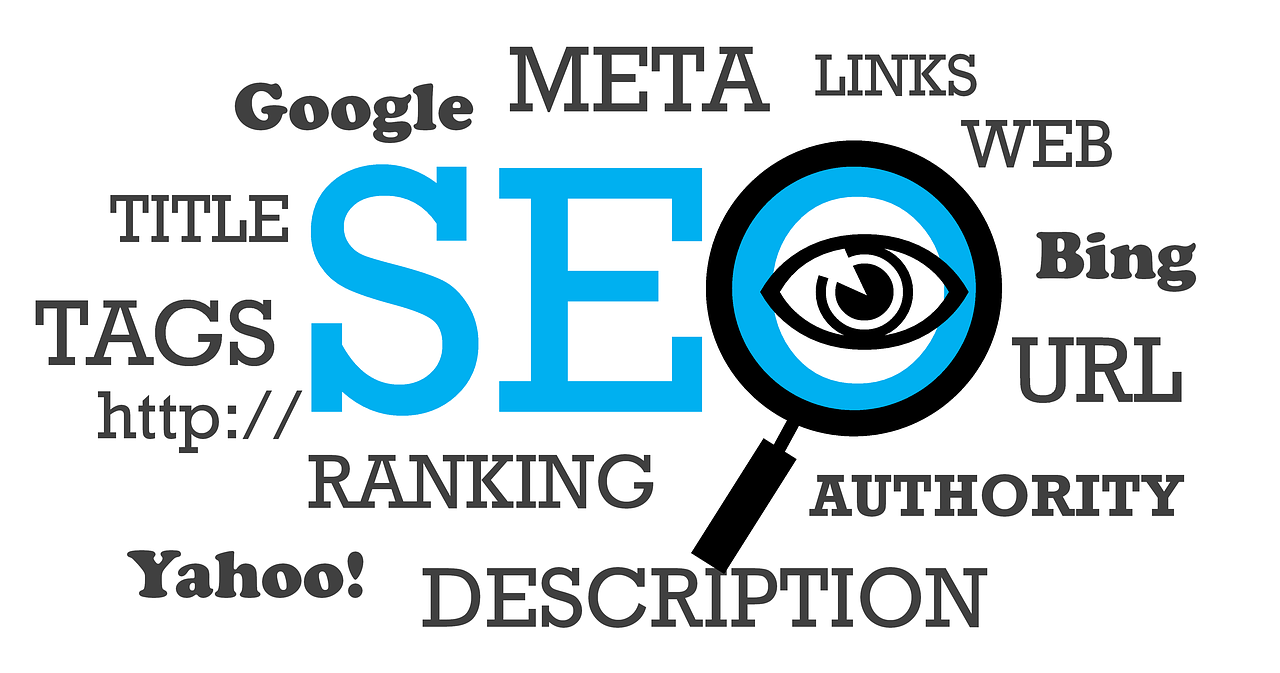Search Engine Optimization (SEO) is a critical component of digital marketing that helps businesses and individuals improve their online presence. In a world where search engines like Google, Bing, and Yahoo dominate how we find information, understanding and implementing SEO strategies can make or break your website’s success. This article will explore what SEO is, why it matters, and how you can optimize your website to rank higher in search engine results.
What is SEO?
SEO stands for Search Engine Optimization, which is the process of improving a website’s visibility on search engines. The goal is to attract organic (non-paid) traffic by ensuring your website ranks high for relevant search queries. SEO involves optimizing various elements of your website, including content, keywords, meta tags, and technical aspects, to align with search engine algorithms.
Why is SEO Important?
- Increased Organic Traffic: Higher rankings lead to more clicks, which translates to more visitors to your site.
- Cost-Effective Marketing: Unlike paid ads, organic traffic generated through SEO is free and sustainable.
- Builds Credibility and Trust: Websites that rank high are often perceived as more authoritative and trustworthy.
- Better User Experience: SEO encourages you to create user-friendly websites with fast loading times, mobile compatibility, and high-quality content.
- Long-Term Results: While SEO takes time to show results, its impact is long-lasting compared to short-term paid campaigns.
Key Components of SEO
1. On-Page SEO
On-page SEO focuses on optimizing individual pages on your website. Key elements include:
- Keyword Research: Identifying the right keywords your audience is searching for.
- Content Optimization: Creating high-quality, relevant, and engaging content that incorporates target keywords naturally.
- Meta Tags: Writing compelling meta titles and descriptions to improve click-through rates.
- URL Structure: Using clean, descriptive URLs that include keywords.
- Internal Linking: Connecting related pages on your site to improve navigation and authority.
2. Off-Page SEO
Off-page SEO involves activities outside your website to improve its authority and reputation. This includes:
- Backlinks: Earning links from reputable websites to boost your site’s credibility.
- Social Media Marketing: Promoting your content on social platforms to drive traffic and engagement.
- Guest Blogging: Writing articles for other websites to build authority and attract backlinks.
3. Technical SEO
Technical SEO ensures your website is easy to crawl and index by search engines. Key aspects include:
- Site Speed: Optimizing loading times for better user experience.
- Mobile-Friendliness: Ensuring your site is responsive and works well on all devices.
- XML Sitemaps: Creating sitemaps to help search engines understand your site structure.
- Structured Data: Using schema markup to provide context to search engines about your content.
SEO Best Practices
- Focus on Quality Content: Content is king in SEO. Create valuable, informative, and engaging content that addresses your audience’s needs.
- Use Keywords Strategically: Avoid keyword stuffing; instead, use keywords naturally in titles, headers, and throughout the content.
- Optimize for Mobile: With most users browsing on mobile devices, ensure your site is mobile-friendly.
- Build High-Quality Backlinks: Focus on earning links from authoritative and relevant websites.
- Monitor and Analyze: Use tools like Google Analytics and Search Console to track your performance and make data-driven decisions.
Common SEO Mistakes to Avoid
- Ignoring Mobile Optimization: A non-responsive site can hurt your rankings.
- Overlooking Local SEO: If you have a local business, optimize for local search terms and Google My Business.
- Neglecting Technical Issues: Broken links, slow loading times, and poor site structure can harm your SEO efforts.
- Using Black Hat Tactics: Avoid unethical practices like keyword stuffing, cloaking, or buying links, as they can lead to penalties.
The Future of SEO
SEO is constantly evolving as search engines update their algorithms and user behavior changes. Some emerging trends include:
- Voice Search Optimization: With the rise of voice assistants like Siri and Alexa, optimizing for voice search is becoming crucial.
- AI and Machine Learning: Search engines are increasingly using AI to deliver more personalized results.
- Video Content: Video is becoming a dominant form of content, and optimizing for platforms like YouTube is essential.
- E-A-T (Expertise, Authority, Trustworthiness): Google prioritizes content that demonstrates expertise, authority, and trustworthiness.
Conclusion
SEO is a powerful tool that can significantly enhance your online presence and drive sustainable growth for your website. By understanding its core principles and staying updated with the latest trends, you can create a robust SEO strategy that delivers long-term results. Whether you’re a beginner or an experienced marketer, investing time and effort into SEO will pay off in the form of increased traffic, higher rankings, and better user engagement. Start optimizing today and watch your website soar to new heights!

